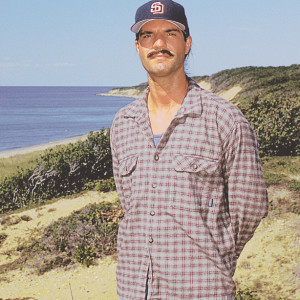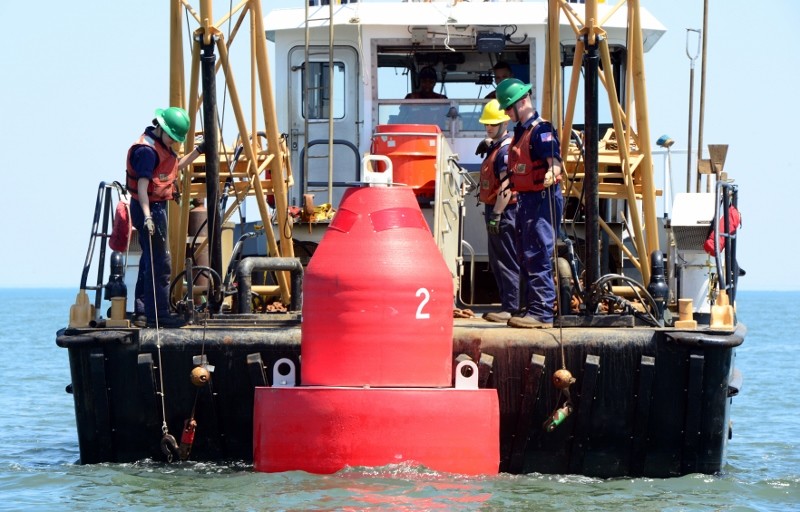Bit by bit, slowly but surely, they have been steadily disappearing from the landscape. Steel is missing where steel once was.
One here, one there, then a pause followed by a couple at a time, as if they were being stolen overnight by enterprising scrap metal thieves. But there was no theft, at least not in the literal sense. The missing metal in question are buoys, red buoys in fact, that used to form a chain along the East Coast. Their original purpose was to serve as “coasting” navigation marks for vessels running along the coast, with red kept to your right when proceeding from north to south. Located strategically to keep shipping off the hazards located along the coast, such as shoals or wrecks.
For now, some of these buoys still remain. New Jersey still has Barnegat, Brigantine and Avalon Shoal. But the 183-mile Delmarva Peninsula, which encompasses parts of Delaware, Maryland and Virginia, got hit hard. It lost buoys in Great Gull Bank, Winter Quarter Shoal, Blackfish Bank, Parramore Banks, Hog Island, and Smith Island. And North Carolina’s Outer Banks have been picked clean from False Cape, at the Virginia-North Carolina border, to Cape Hatteras, with the Diamond Shoals “12” Buoy being the first one encountered. The rest of the Carolina capes (Cape Lookout, Cape Fear and Cape Romain, from northeast to southwest) are still physically marked with lighthouses and buoys. Then the big, long curve of the Southeast coast to Cape Canaveral before you see another prominent land feature. Canaveral, too, is still well marked. Some of the old “sea” and “fairway” buoys have likewise gradually disappeared over the years.
This has been an ongoing process carried out by the U.S. Coast Guard’s Aids to Navigation (ATON) Branch. They did it in their usual fashion by publishing notices in “Section VI-Proposed Changes” of each district’s Local Notice to Mariners. Comments on the changes from interested parties, including working mariners and the general public, are duly solicited. This includes every one of the old coasting buoys that are now gone.




